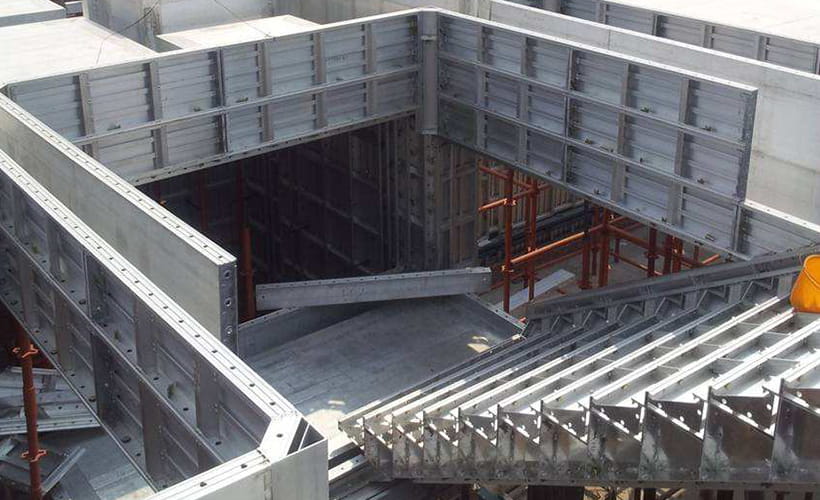In the fast-paced world of construction, the efficiency of building projects is paramount. A critical component that can significantly influence this efficiency is the formwork system used in the construction of structures. Traditional wooden formwork has long been the standard, but recent advancements have seen a shift towards more innovative materials and methods. Among these, aluminum formwork systems have emerged as a game-changer, offering a plethora of benefits that enhance project efficiency. This article explores how aluminum formwork systems contribute to the speed, quality, and cost-effectiveness of construction projects.
Speed and Ease of Assembly
One of the most notable advantages of aluminum formwork systems is the speed and ease of assembly. Aluminum is a lightweight material, making the formwork components much easier to handle compared to traditional wooden or steel formwork. This ease of handling reduces the physical strain on workers and allows for quicker assembly and disassembly processes. In construction, where time is often of the essence, this rapid assembly can lead to significant time savings.
The modular nature of aluminum formwork systems also contributes to their quick assembly. These systems are designed with interlocking panels that fit together seamlessly, minimizing the need for extensive manual adjustments. This modularity not only speeds up the construction process but also reduces the likelihood of errors, ensuring that the structures are built accurately according to specifications.
Durability and Reusability
Aluminum formwork systems are highly durable and can withstand the rigors of repeated use. Unlike wooden formwork, which can warp, splinter, or degrade over time, aluminum formwork maintains its shape and integrity through numerous cycles of use. This durability translates to a longer lifespan for the formwork, reducing the need for frequent replacements and thereby lowering long-term costs.
Moreover, the reusability of aluminum formwork is a significant factor in enhancing project efficiency. Aluminum formwork systems can be reused multiple times without compromising on quality or performance. This reusability not only reduces material waste but also lowers the overall cost of formwork over the course of several projects. Contractors can allocate resources more effectively, focusing on other critical areas of the construction process.
Cost-Effectiveness
While the initial investment in aluminum formwork systems may be higher compared to traditional wooden formwork, the long-term cost savings are substantial. The durability and reusability of aluminum formwork reduce the need for frequent replacements and repairs, leading to lower maintenance costs. Additionally, the speed of assembly and disassembly reduces labor costs, as projects can be completed more quickly with fewer man-hours required.
The reduced need for finishing work due to the high-quality surface provided by aluminum formwork also contributes to cost savings. Projects can achieve a superior finish with less expenditure on materials and labor for additional surface treatments. This cost-effectiveness makes aluminum formwork an attractive option for contractors looking to optimize their budget without compromising on quality.
Environmental Sustainability
In today’s construction industry, sustainability is a key consideration. Aluminum formwork systems contribute to environmental sustainability in several ways. Firstly, the reusability of aluminum formwork reduces the need for new materials, decreasing the demand for raw resources and minimizing waste. Secondly, aluminum is a recyclable material, meaning that even at the end of its lifecycle, the formwork can be recycled and repurposed, further reducing its environmental impact.
The reduced need for finishing work also means that fewer chemicals and materials are used, contributing to a lower overall environmental footprint. By choosing modular aluminum formwork, contractors can align their projects with sustainable practices, meeting the growing demand for eco-friendly construction solutions.
Conclusion
Aluminum formwork systems have revolutionized the construction industry by enhancing project efficiency in multiple ways. Their lightweight and modular design facilitate quick and easy assembly, while their durability and reusability offer significant long-term cost savings. Moreover, the cost-effectiveness and environmental sustainability of aluminum formwork make it a smart choice for modern construction projects.
As the industry continues to evolve, the adoption of innovative materials and methods like aluminum formwork systems will play a crucial role in meeting the demands for faster, cheaper, and more sustainable construction. By embracing these advancements, contractors can not only enhance the efficiency of their projects but also contribute to a more sustainable and resilient built environment.
